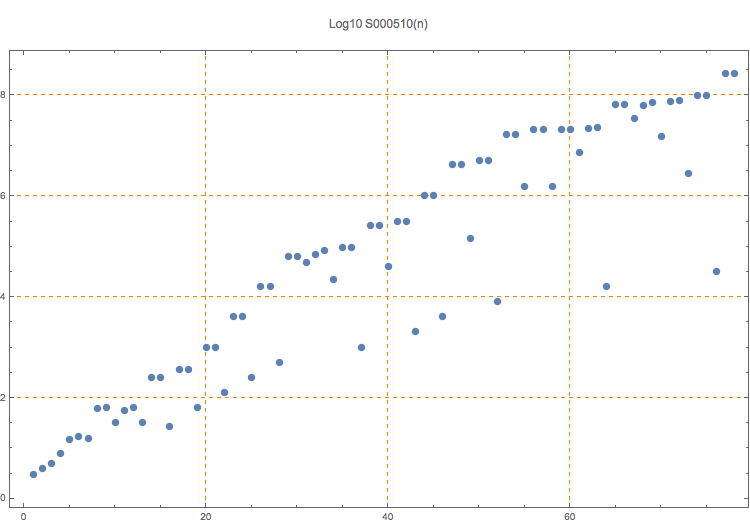Primitive Pythagorean triples in which the hypotenuse and a leg are palindromes in base 2.
3, 4, 5, 8, 15, 17, 16, 63, 65, 33, 56, 65, 32, 255, 257, 27, 364, 365, 64, 1023, 1025, 128, 4095, 4097, 256, 16383, 16385, 512, 65535, 65537, 48093, 68876, 84005, 22389, 95060, 97661, 1024, 262143, 262145, 40953, 321104, 323705, 2048, 1048575, 1048577
1
Note that 2^k appears as a non-palindromic leg for every k > 1. The corresponding palindromic leg is 2^(2k-2)-1 and the hypotenuse is 2^(2k-2)+1. Hence, this sequence is infinite. Similar to S000503, which is for base 10.
T. D. Noe, Plot of 26 triples
T. D. Noe, Table of 26 triples
John Rafael M. Antalan and Richard P. Tagle, Numeric palindromes in primitive and non-primitive Pythagorean triples, arxiv.org 1502.06760 (Feb 24 2015)
Eric W. Weisstein, MathWorld: Pythagorean Triple
(Mma) nn = 2^10 - 1; PerfectSquareQ[n_] := JacobiSymbol[n, 13] =!= -1 && JacobiSymbol[n, 19] =!= -1 && JacobiSymbol[n, 17] =!= -1 && JacobiSymbol[n, 23] =!= -1 && IntegerQ[Sqrt[n]]; pal = Table[s = IntegerDigits[n, 2]; {FromDigits[Join[Most[s], Reverse[s]], 2], FromDigits[Join[s, Reverse[s]], 2]}, {n, nn}]; pal = Sort[Flatten[pal]]; t = {}; Do[If[z > x && GCD[x, z] == 1 && PerfectSquareQ[z^2 - x^2], y = Sqrt[z^2 - x^2]; AppendTo[t, Sort[{x, y, z}]]], {z, pal}, {x, pal}]; Sort[t, #1[[3]] < #2[[3]] &]
Cf. S000503, S000511, S000512.
nonn,base,hard
T. D. Noe, Feb 26 2015
